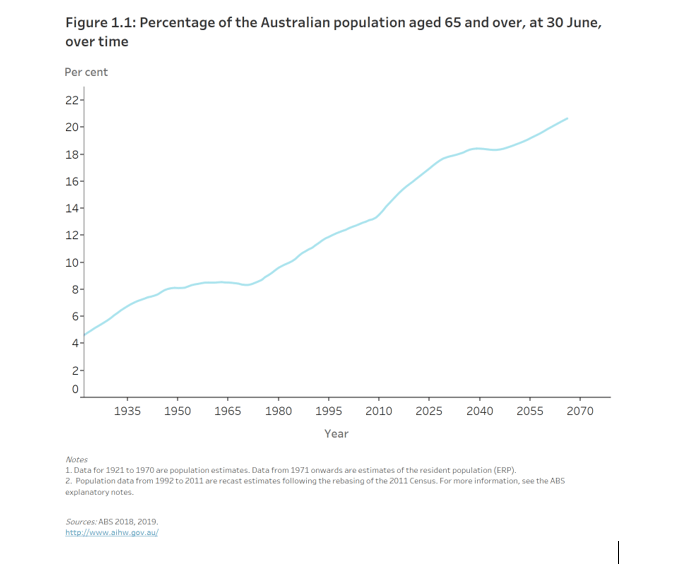
As we get older our mobility, flexibility, and strength decline. This is an inevitable result of ageing, and we don’t yet have any mythical elixir that reverses this process. However, we do know that moving into the category of “elderly” does not have to condemn anyone to loneliness, despair, or physical collapse. The research on ageing clearly demonstrates that continuing physical activity in the form of exercise and movement has physical, mental, and emotional health benefits for the elderly. Not only can it extend life, it can improve the quality of life . Dancing is one of the most beneficial forms of exercise when we age because it combines physical movement with the emotional connection of shared experience, and it activates important areas of the brain which aids long-term cognitive function .
Age is inevitable
Australia’s population is ageing. Several cohorts of baby boomers, born in the late 1940s are entering their eighties, people born in the 1950s are now at or approaching retirement age and there’s a large group who will be turning sixty in the next few years.
An ageing population brings with it lots of issues, as well as opportunities to re-think how society deals with older generations and the elderly (people who are still active well into their eighties).
We are living longer and we’re living healthier. This means that older people can be active and productive well beyond their sixtieth birthday. Social policy is slowly catching up with this idea but services and resources are still lacking .
The graph below is a stark visualisation of how important the over-65 demographic is going to be in the next two-three decades and the challenges it will bring. In the next couple of years (by 2025) 18 per cent of Australia’s population will be over 65. In 30 years, it will be at 20 per cent and growing.

According to a 2013 Productivity Commission report on our ageing population, Australians over-75 will be approaching 15 per cent of the total population by 2060 . All of this data simply underlines the imperative that we find ways to help older Australians enjoy happy and fulfilling lives, a concept best described as “ageing well”; the “active pursuit of better experiences of ageing” . Of course, the first step in ageing well is managing the detrimental effects of age on the body and mind. Successful ageing has three components, dealing with disease, maintaining cognitive and physical function, and engaging with life. It is in this context that we talk about “creative ageing” through dance.
Creative Ageing – a growing demand
All the data points to the fact that there will be an increase in demand for services across the entire aged care sector. This is not just about more nurses and allied health practitioners to staff residential facilities, or to manage home visits for our more independent elders; it is across the board. People are living longer lives and they are increasingly living with a reasonable disposable income. This means a growing market for services to assist seniors to live well.
It is important to start thinking and planning for the inevitability of our ageing population. We know about the holistic benefits of creativity and movement in prolonging an active and rewarding life for the elderly. Our 2018 report Leading and teaching dance to ageing populations was produced in response to the increasing number of inquiries Ausdance VIC was receiving about opportunities for seniors and the elderly to dance or learn how to dance. In 2018 we found that there was a shortage of trained dance educators who could work in the space of creative ageing. To address this gap in the market we created our Creative Ageing Through Dance training package to give dance teachers and allied health professionals an opportunity to take on new skills and be able to teach dance safely to cohorts of elderly people.
Our Creative Ageing through Dance program is an industry-led training program of four courses is designed to upskill dance teachers, professional dancers, allied health professionals and healthcare workers, so they can safely teach and facilitate dance and expressive movement to older people. Creative Ageing Through Dance is aimed at professionals who have had a minimum of 5 years of either dance experience or professional healthcare/allied health experience.
Alongside this education program, Ausdance VIC is also activating recommendations from Leading and teaching dance to ageing populations by seeking new partnerships and opportunities to extend accredited and certified training in creative ageing via TAFE units of competency and tertiary institutions.
The scientific literature supports the idea that dance is a beneficial physical and social activity for older people. As the cohort of elderly Australians continues to grow, there will be an increase in demand for services to assist people to age well both physically and emotionally. At the moment, it seems that we are under prepared to deliver the required support in the community or in care facilities. Ausdance VIC is a strong advocate for dance to be included in a suite of therapies designed and curated to help older Australians to successfully navigate the later stages of their lives in comfort and joy.
Written by Marty Hirst for Ausdance VIC
References
Ausdance Victoria. Leading and Teaching Dance to Ageing Populations. Ausdance VIC (Melbourne: February 2018). https://ausdancevic.org.au/wp-content/uploads/2021/02/Ausdance_LeadingTeachingDancetoAgeingPopulations.pdf.
Bungay, Hilary, Suzanne Hughes, Clare Jacobs, and Jufen Zhang. “Dance for Health: The Impact of Creative Dance Sessions on Older People in an Acute Hospital Setting.” Arts & health 14, no. 1 (2022): 1-13.
Kendig, Hal, and Collette Browning. “Social Research and Actions on Ageing Well.” In Population Ageing and Australia’s Future, edited by Hal Kendig, Peter McDonald and John Piggott, 137-63. Canberra: ANU Press, 2016.
Kendig, Hal, Peter McDonald, and John Piggott. Population Ageing and Australia’s Future. ANU Press, 2016.
Predovan, David, Anne Julien, Alida Esmail, and Louis Bherer. “Effects of Dancing on Cognition in Healthy Older Adults: A Systematic Review.” Journal of Cognitive Enhancement 3, no. 2 (2019): 161-67.
Productivity Commission. An Ageing Australia: Preparing for the Future. (Canberra: 2013). https://www.pc.gov.au/research/completed/ageing-australia/ageing-australia.pdf.
